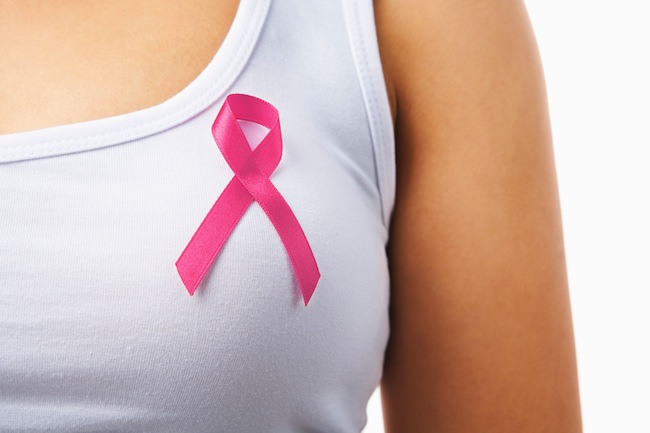- Make It Yourself Lavender Heart-Shaped Bath Bombs!
- 20 Things You Never Knew About “Down There”
- 12 Best Foods For Those Suffering From Arthritis Pain
- 12 Personal Hygiene Mistakes Almost Everyone Makes (Mom Never Told You About #4!)
- 15 Medicinal Plants And Herbs From The Cherokee People
- 12 Mind-Blowing Benefits Of Drinking Coconut Water During Pregnancy
- 12 Outstanding Winter Foods That Won’t Fatten You Up Like A Christmas Turkey
Avoid These 17 Chemicals to Lower your Risk of Breast Cancer
Unfortunately, many of the everyday chemicals that we come into contact have been linked to breast cancer. This warning comes from a comprehensive review done by the Silent Spring Institute and later published in Environmental Health Perspectives.
This study shows that 17 types of chemicals that women can be screened for and includes several tips for women who are looking to lower their cancer risk.
They state that every single woman in America has been exposed to these chemicals that increase their risk of breast cancer. Unfortunately, these risks, as well as the links between these toxins and breast cancer, have been ignored overall. Reducing your chemical exposure can possible save an untold number of lives. Read also about dangerous toxins that are inside your home right now.
These scientists reviewed scientific literature for ways to screen women for exposure to more than 102 chemicals that have been proven to cause cancerous mammary tumors in rats. Carcinogenicity is very similar between humans and rodents. This leads researchers to believe that most, and possibly even all, of these chemicals are very likely to cause cancer in human women as well.
There are exposure tests for 73 of these chemicals. Of these 73, measurements of 62 have actually been done on human subjects. Tests that have been performed by the Centers of Disease Control have found 23 of the chemicals in the general United States population.
This study is the first comprehensive listing of all potential carcinogens that could lead to breast cancer. This is also a catalog of ways in which medical professionals can actually test women for exposure to these toxins.
SEE ALSO: Top 6 Cancer Signs Many Women Miss
How can you lower your risk?
These 73 chemicals have been divided into 17 groups, based on their structural similarities, carcinogenicity, and potential to be exposed to it. This final list has many ubiquitous toxins such as benzene and butadiene. These things are found in tobacco smoke, vehicle exhaust, lawn equipment, and charred, blackened foods. There was also methylene chloride, which is a commonly found in cleaning solvents (find out non-toxic cleaners) . Also hormone replacement therapy drugs, chemicals found in nonstick cookware, flame retardants, even stain resistant fabrics. Other carcinogens are paint removers, chemicals used to make Styrofoam products, and even things used to clean drinking water.
There are 7 steps women can take to drastically reduce your exposure to these known carcinogens, including:
1. Use a fan for ventilation while cooking to lower smoke inhalation. You should also avoid eating burned or blackened foods.
2. Filter your drinking water with a solid carbon filter.
3. Reduce the accumulation of chemicals you bring into your home by removing your shoes at your front door. Use a HEPA air filter in your air conditioner, furnace, and vacuum cleaner. Also, clean your home with wet rags and wet mops to remove dust and avoid pushing it around and into the air you breathe.
4. Avoid all fabrics, furniture, or rugs that are market as “stain resistant”. Don’t use spray on “stain resistant” chemicals that are sold at supermarkets for your furniture or rugs.
5. If possible, use electric rather than gas powered lawn mowers, leaf blowers, and weed wackers. Don’t let your vehicle idle for more than one minute and avoid breathing the air from gas powered cars, generators, or other gas powered motors.
6. Use only furniture that has not been treated with flame retardants and don’t use polyurethane foam.
7. Don’t use dry-cleaners that use PERC (perchloroethylene) or other types of solvents. Look for dry cleaners that do “wet” cleaning or state that they are “green”.
This study can be a valuable type of road map for avoiding breast cancer by knowing which chemicals tend to cause them, and then avoiding them.
Sources:
Naturalnews.com
(By the way, if you’re enjoying this article, you may want to subscribe to the Naturalon’s free newsletter; get breaking news alerts on GMO’s, fluoride, superfoods, natural cures and more… You privacy is protected. Unsubscribe at any time.)

































